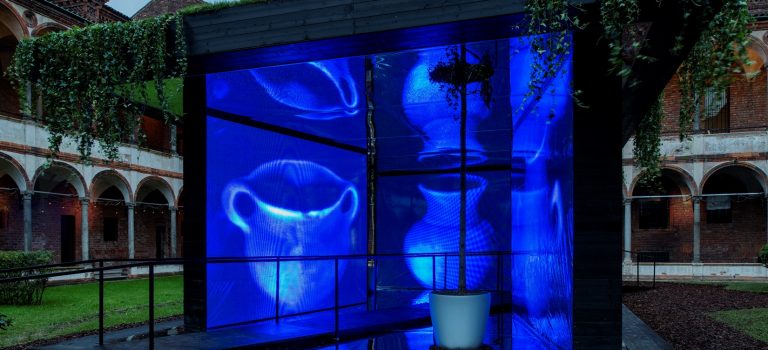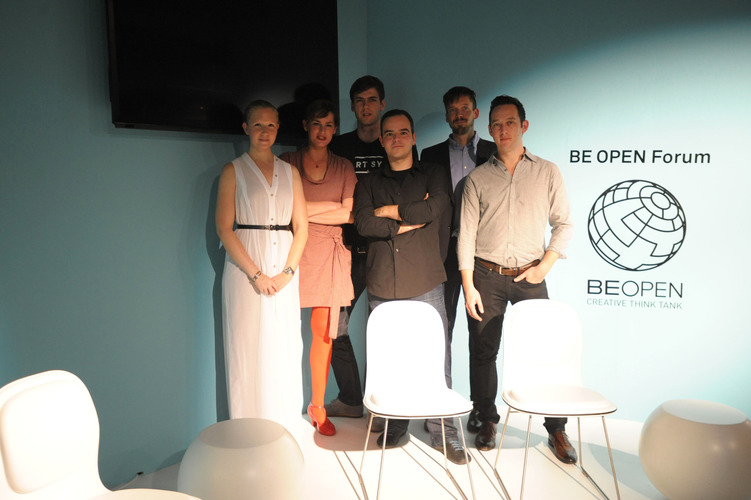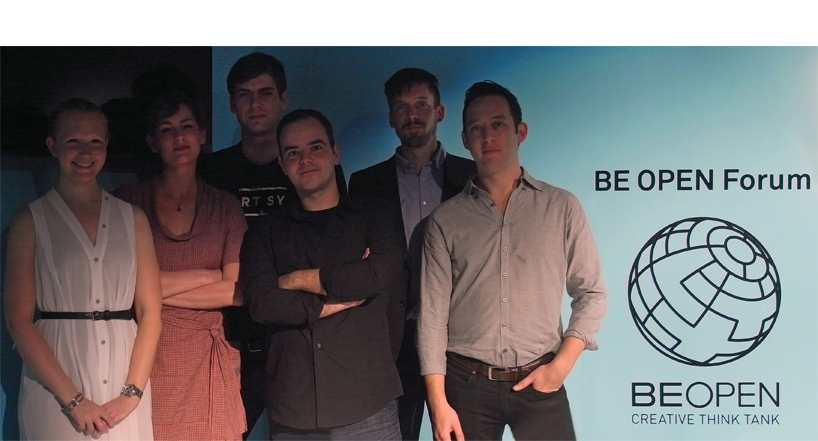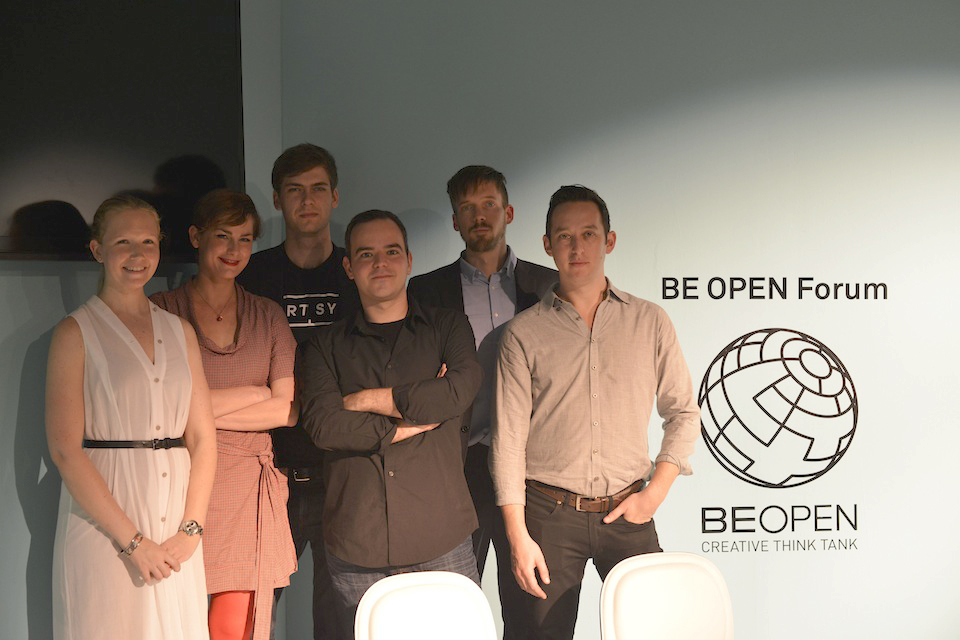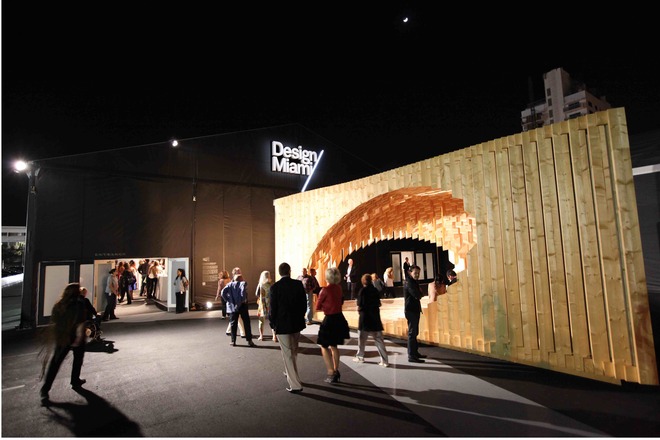BE OPEN FORUM/DESIGN MIAMI
On December 8, 2012, BE OPEN launched at Design Miami a series of profile talks to act as a flashpoint and a gateway to the future of design, and specifically intuitive and sensory design.
The program at the December 2012 BE OPEN Forum at Design Miami, resonated with the overriding themes of the Design Talks: “Satisfy Your Curiosity”. The design world’s most compelling topics were examined by prominent collectors, critics and creatives in a public discourse format, culminating in the BE OPEN presentation of six sensory-led world designers operating at the forward edge of their fields.
Read more












